Is it Safe to Mix Baking Soda and Bleach?
As a cleaning blog primarily focused on natural, “green” cleaning methods, you might expect to read about baking soda, but baking soda and bleach?
You might be wondering why I’d ever suggest using a harsh chemical cleaner like chlorine bleach. Especially because in probably 90% of cleaning conundrums, bleach is entirely unnecessary (and in some cases it can even worsen the appearance of stains)!
But there are still those 10% of cases where cleaning with bleach is important. In 2020, bleach became very popular because of its disinfecting properties.
If you choose to clean with bleach, it’s important to understand what ingredients you can and cannot safely mix with it.
Mixing bleach with the wrong ingredients can result in extremely dangerous toxic fumes putting you and your family’s health at great risk.
So let’s start by discussing this common question: Is it safe to mix baking soda and bleach?
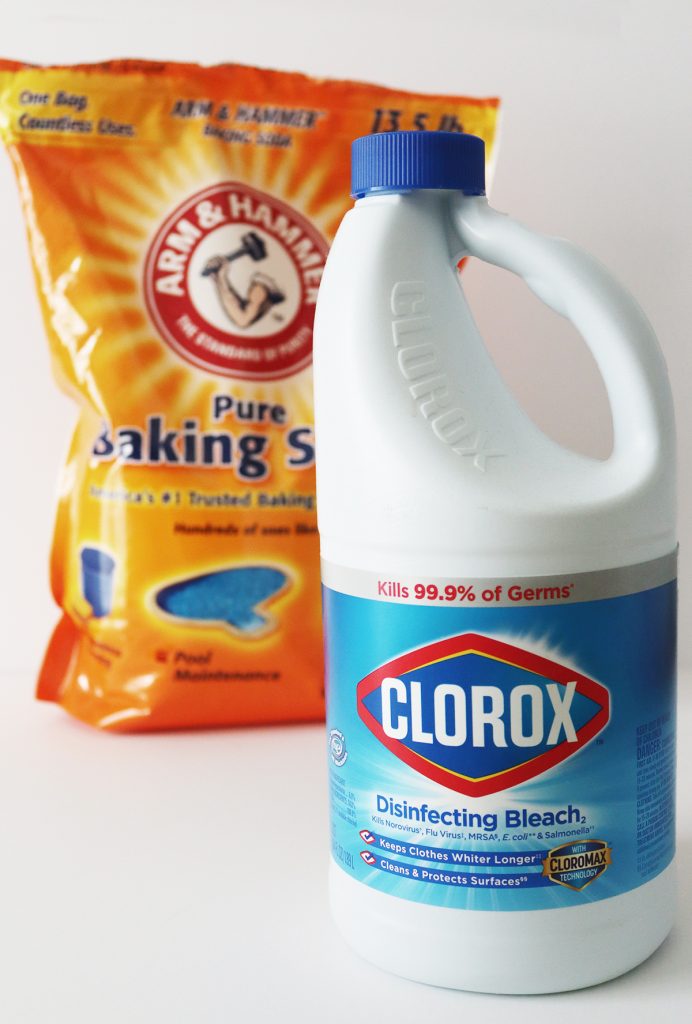
Baking Soda
Baking soda (or bicarb soda if you’re in the UK) is another name for “sodium bicarbonate.” It’s a form of salt (hence it’s slightly salty taste) that comes in a white powder form.
Baking soda is often used in baking recipes as a leavening agent. When it is mixed with acidic ingredients (e.g. lemon juice, vinegar, cream of tartar, buttermilk, yogurt, etc.) or exposed to high heat (above 180 degrees F) it releases carbon dioxide gas causing expansion in the batter.
It’s also sometimes used medicinally as an antacid to relieve heartburn or indigestion.
My favorite ways to use baking soda revolve around cleaning. It’s excellent at absorbing oil stains, minimizing odors, and as a gentle abrasive additive to cleaning solutions.
Chlorine Bleach
Bleach is a chemical compound primarily used to remove color from fabrics among other things (grout is another popular one).
Bleach also has bactericidal (bacteria-killing) properties that make it an effective solution for disinfecting and sterilizing.
From swimming pool sanitation, to removing mildew, to disinfecting surfaces, there are a lot of use cases for chlorine bleach.
What Happens When You Mix Baking Soda and Bleach?
Baking soda is one of the FEW ingredients that is considered safe to mix with bleach for cleaning purposes.
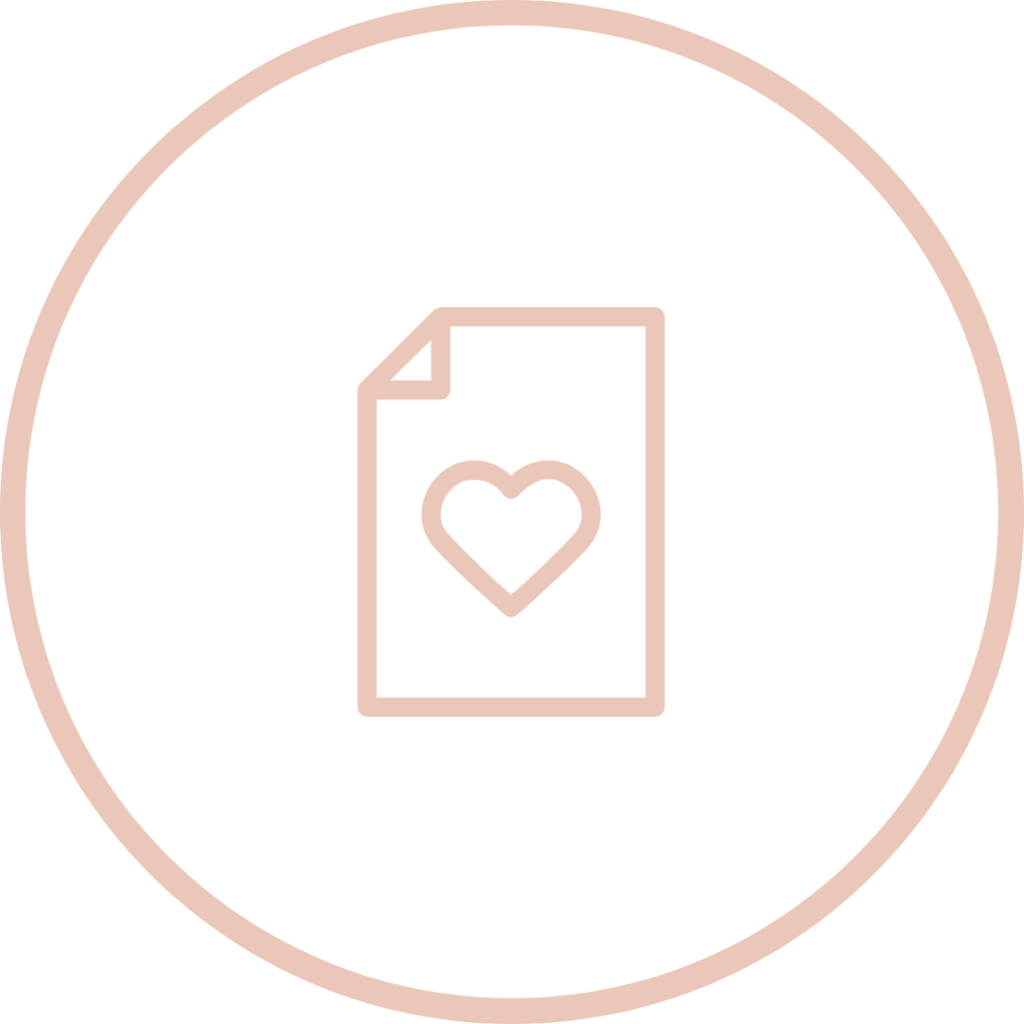
SAFETY NOTE: No matter how you choose to clean with bleach, please take proper safety precautions. Work in a well ventilated area, wear rubber gloves to protect your skin, and even consider goggles to protect your eyes from fumes released from concentrated bleach cleaning solutions.
Ways to Use Baking Soda and Bleach
Grout Cleaning Paste
If you mix bleach and enough baking soda to create a paste (around 1/4c bleach to 3/4c baking soda), the combination makes for a powerful grout cleaner.
I would reserve a “bleach paste” for extreme grout cleaning only. It’s powerful when used to remove mold, mildew, and severe grout stains.
If you do choose to bleach your grout make sure there is zero trace of other cleaning ingredients remaining (like vinegar) before applying.
Laundry
Baking soda has long been used in laundry as a way to soften hard water resulting in softer clothes after washing.
It’s also a gentle abrasive ingredient and natural deodorizer to use when cleaning your washing machine. I recommend using it regularly to prevent front-loading washing machines from getting smelly.
The combination of bleach (in the bleach compartment) and baking soda (in the drum) make for a powerful whitening, cleaning combination when washing whites or when cleaning your washing machine.
General Household Stain Removal
A diluted solution of bleach, water, and baking soda is an effective combination for removing common household stains.
Think stubborn wall scuffs, dingy window sills, stained baseboards, and more.
Mix the following ingredients:
- 4 cups of water
- 4 teaspoons of bleach
- 1 teaspoon of baking soda
This solution will only last 24 hours before the bleach starts to deteriorate.
Ingredients You Should Never Mix with Bleach
In general you want to be EXTREMELY careful never to mix any acidic ingredients with bleach. Below are a handful of specific bleach combinations you should always avoid.
With that said, I always recommend using extreme caution when mixing bleach with anything other than water (or baking soda).
Bleach and Ammonia
I should probably just say “bleach and commercial household cleaners.” There are so many commercial household cleaning solutions that include ammonia as an active ingredient!
This mixture is dangerous because the combination of bleach and ammonia results in very toxic chloromine gas.
Exposure to this gas can burn your eyes, respiratory tract, and even result in internal organ damage.
Bleach and Vinegar
Distilled white vinegar is becoming more and more popular as a cleaning ingredient. This is not surprising, I use white vinegar daily for a wide variety of cleaning jobs around my house!
One area where white vinegar is NOT advised is when bleach is also present.
The combination of bleach and vinegar results in chlorine gas… as in the toxic gas used in chemical warfare.
This actually applies to any acidic ingredient mixed with bleach (including but not limited to lemon juice, and some toilet bowl cleaners). Avoid all of these combinations!
Bleach and Alcohol
Isopropyl alcohol is another great disinfecting cleaning ingredient on its own, and while it can be effectively used with other cleaning ingredients (dish soap, white vinegar), it should NEVER be combined with bleach.
Bleach and alcohol result in chloroform, which can make you pass out and even be deadly to inhale.
Now that you’re aware of the potential dangers of mixing bleach with other popular cleaning chemicals, my hope is that you turn to chlorine bleach only when necessary and use it with extreme safety precautions.
Want to Disinfect Without Bleach?
Force of Nature is an EPA registered disinfectant that is free of fragrances, preservatives, quats, dyes and surfactants. The technology behind their formula is impressive and effective – one that I feel comfortable using throughout my home!

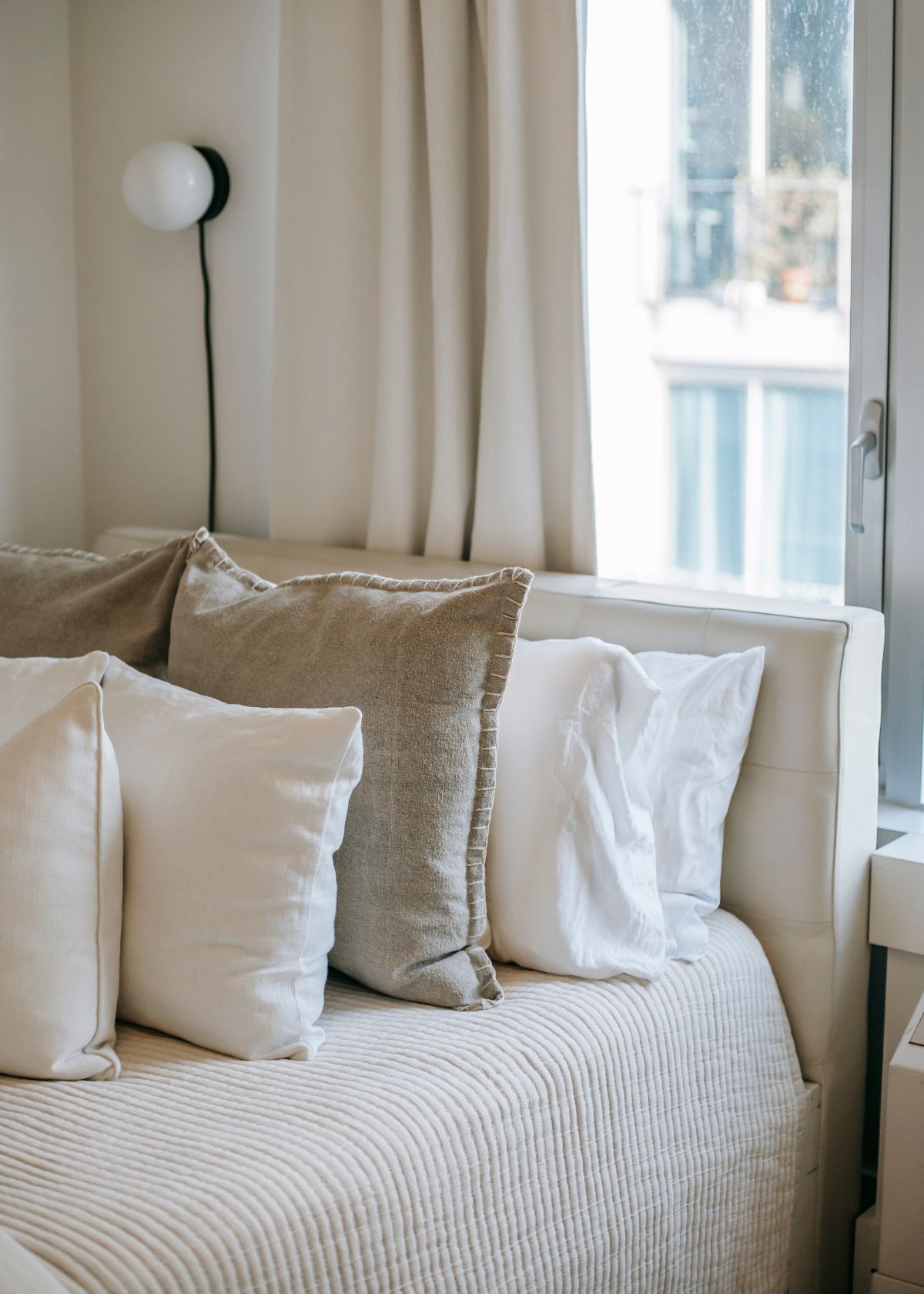
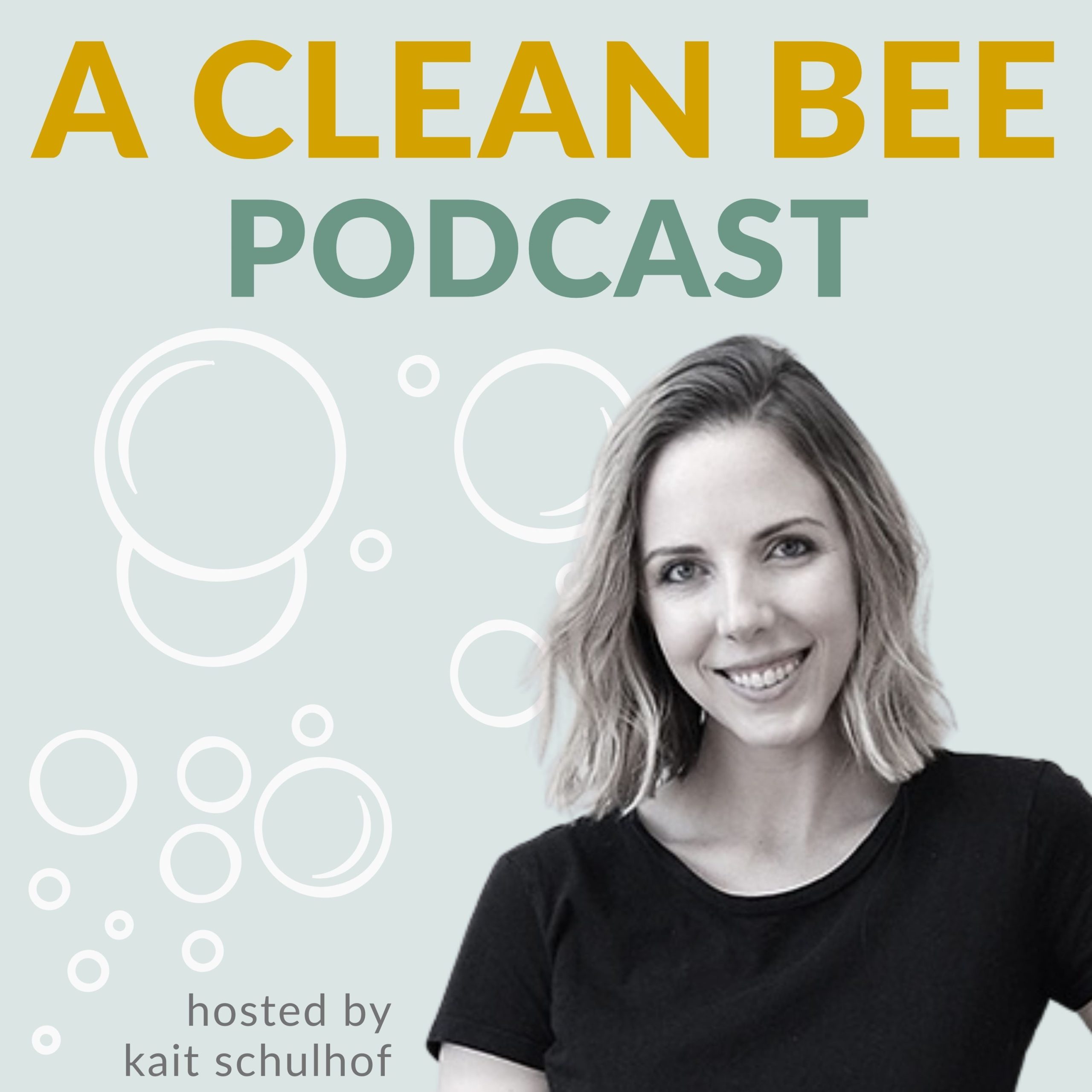
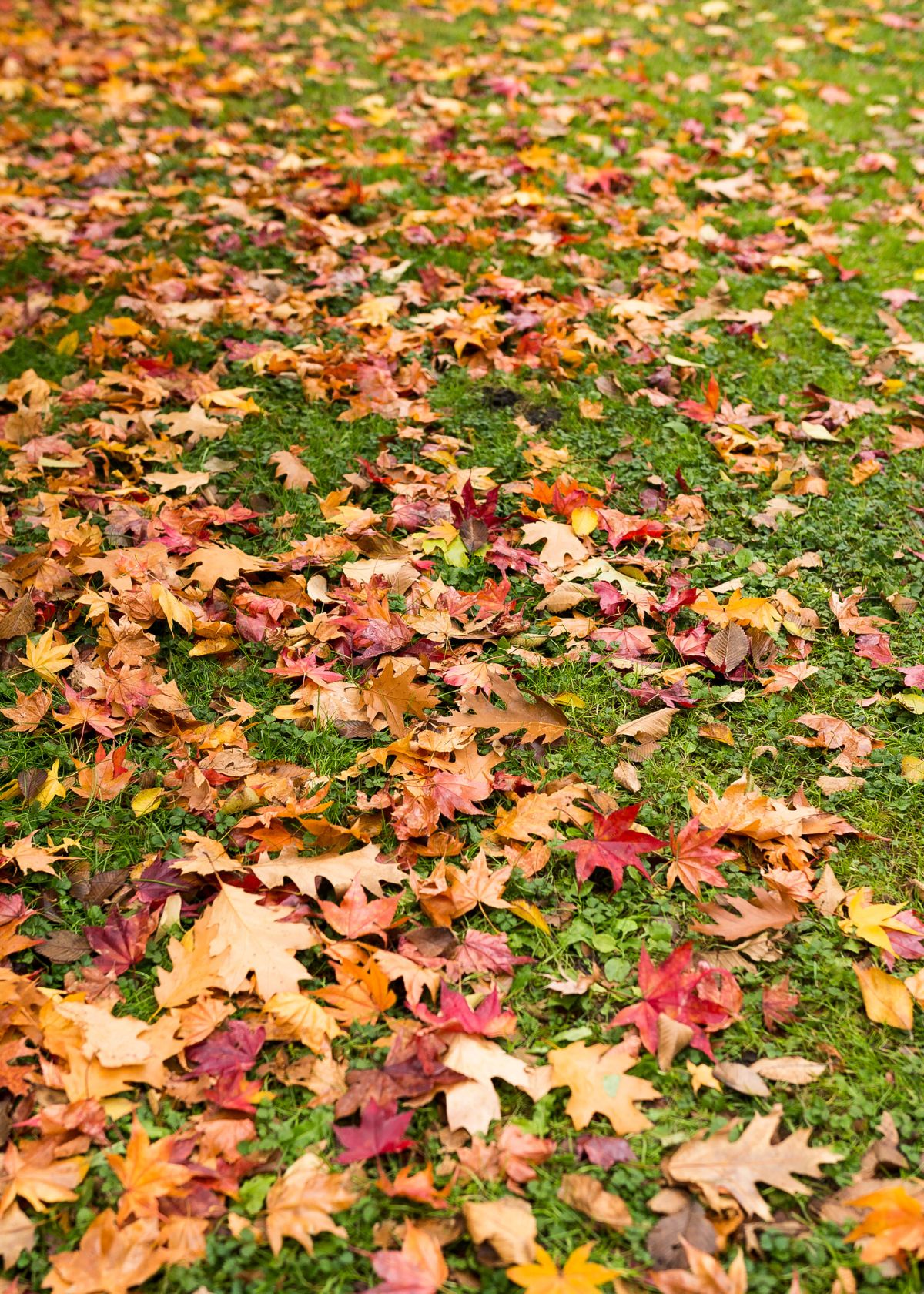
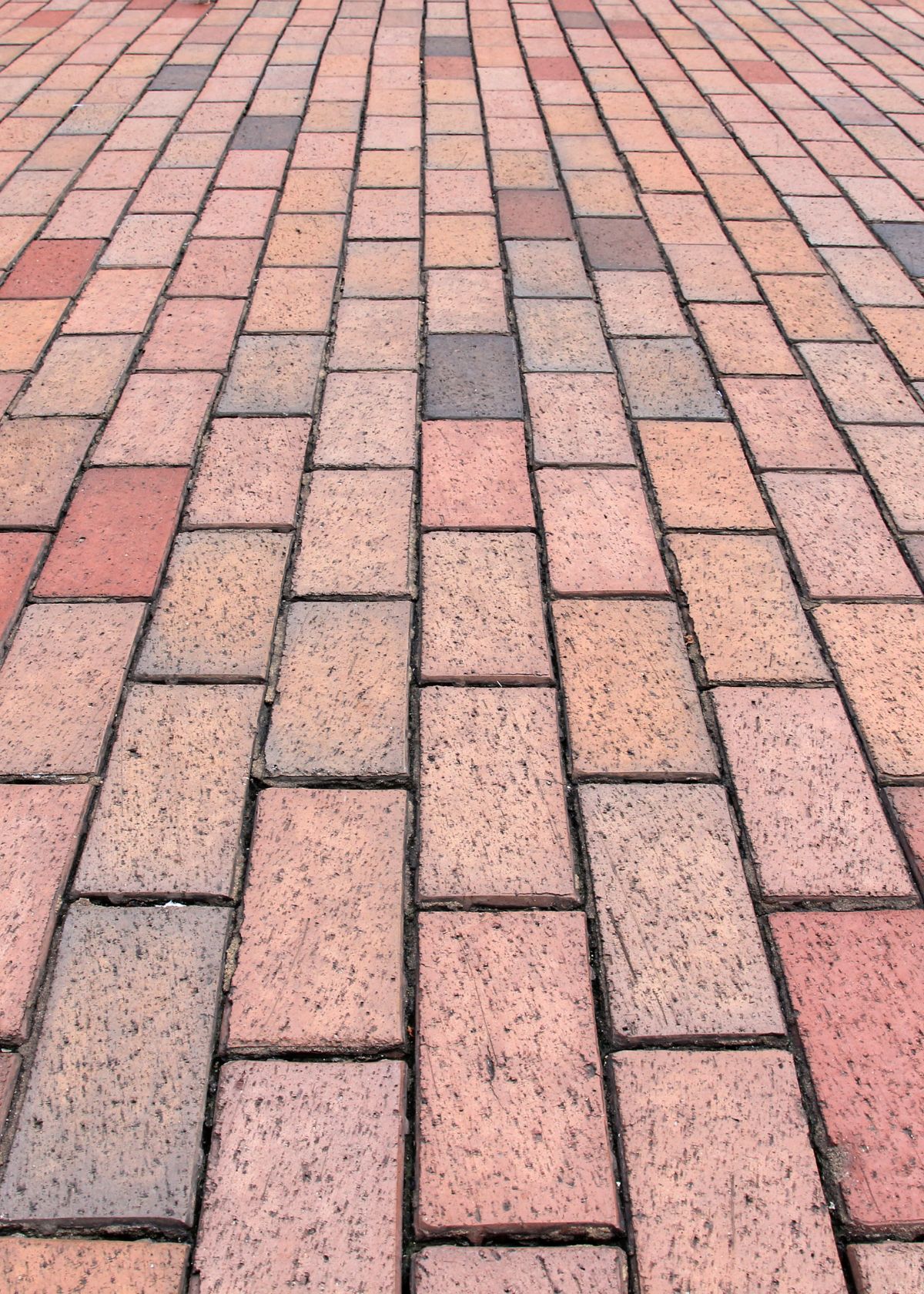


Great info! I have always used pure bleach to spray my tub and shower tiles. It keeps mold away and my tub and tiles always look sparkling white. But i always do it before I leave for a day so that the fumes dissipate before I return. I thought to mix baking soda with bleach and found your article when I researched it.
I hope to use it to spot clean grout at my friends (so it sticks like a paste) so i need not use so much spray. Will this also bleach the silicone sealer around the tub?
Thanks so much
Yes! It took me a good while to discover what to use to clean the mold and mildew in my shower . We now keep a spray bottle of diluted bleach in our 12-man shower (no kidding… it’s huge!) and only need to use it occasionally. We also sponge mop the floor and walls after every use so it will dry faster!
That sounds like a perfect system! And a 12-man shower sounds awesome haha but I can imagine it’s a project to keep clean!